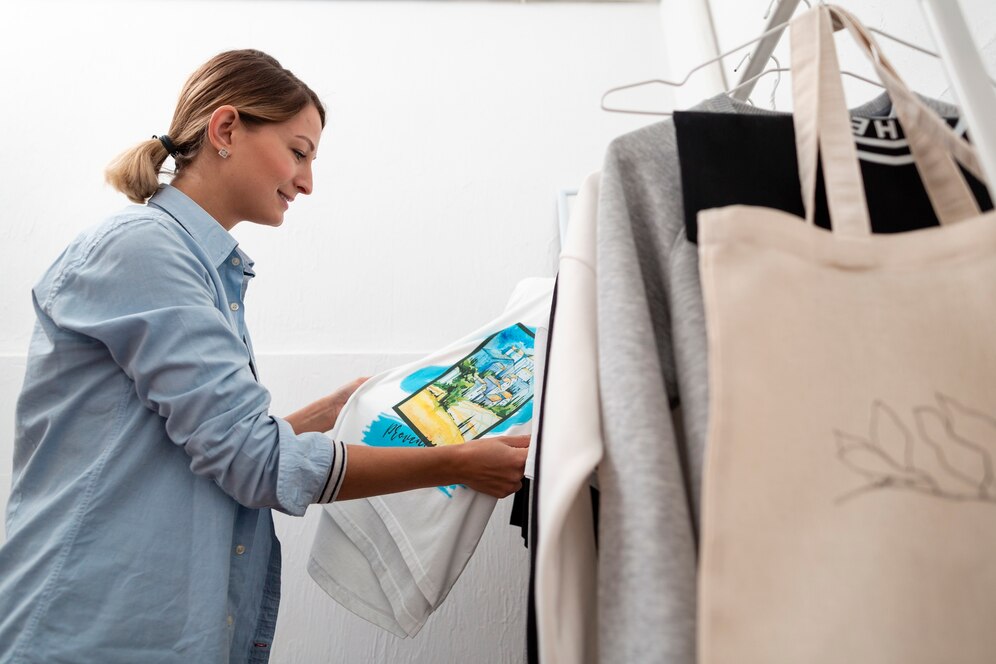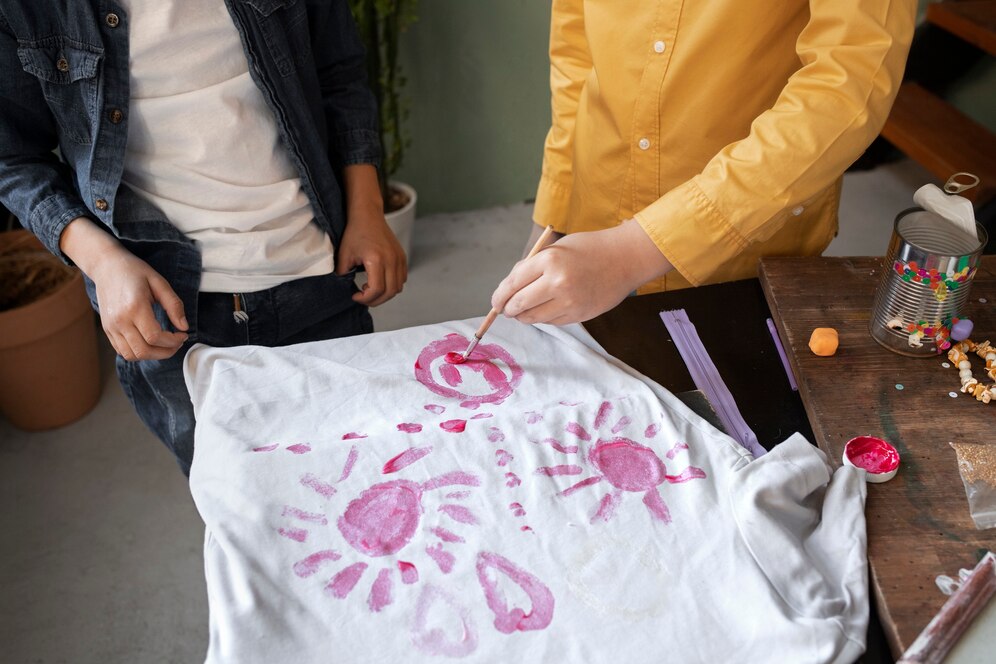The Best Printing Techniques for Custom Hoodie Designs

Custom hoodies are a popular choice for personal fashion statements, team uniforms, promotional apparel, and unique gifts. They offer a versatile canvas for creativity, allowing for unique designs that reflect individual style or brand identity. However, choosing the right printing technique is crucial for achieving high-quality, durable, and visually appealing designs. The method you select can significantly impact the final look and feel of your hoodies, as well as their longevity and cost.
Here, we explore the best printing techniques for custom hoodie designs in Boston, highlighting their advantages, limitations, and suitable applications.
1. Screen Printing
Screen printing, also known as silk screening, is one of the most common and widely used methods for printing custom hoodies. It involves creating a stencil (or screen) and using it to apply layers of ink on the fabric.
Advantages:
- Durability: Screen printing produces vibrant and long-lasting designs that can withstand many washes.
- Cost-Effective for Large Orders: The setup cost is high, but the per-unit cost decreases significantly with larger quantities, making it economical for bulk orders.
- Versatility: Suitable for a wide range of materials, including cotton, polyester, and blends.
Limitations:
- Limited Color Range: Each color requires a separate screen, making it less cost-effective for designs with many colors.
- Setup Time: The process of creating screens and setting up the equipment can be time-consuming.
Best For:
- Bulk orders, promotional merchandise, sports team apparel, and designs with few colors.
2. Direct-to-Garment (DTG) Printing
Direct-to-Garment printing is a modern technique for custom hoodie design in Boston that uses specialized inkjet printers to apply ink directly onto the fabric. This is the best printing method for hoodies that works similarly to a home printer but on textiles.
Advantages:
- High Detail: DTG printing is excellent for complex designs, photographs, and images with many colors and fine details.
- No Minimum Order: Suitable for small orders or one-offs since there are no setup costs.
- Soft Finish: The ink absorbs into the fabric, resulting in a smooth and soft finish.
Limitations:
- Durability: DTG prints are generally less durable than screen prints and may fade after many washes.
- Fabric Compatibility: Works best on 100% cotton and may not be as effective on other materials.
Best For:
- Small orders, highly detailed designs, and custom one-off pieces.

3. Heat Transfer Printing
Heat transfer printing involves printing a design onto a special transfer paper and then using heat and pressure to transfer the design onto the hoodie. There are various types of heat transfer methods for doing custom hoodie designs in Boston, including vinyl transfers and digital transfers.
Advantages:
- Versatility: Suitable for a variety of materials and can produce vibrant, full-color designs.
- Easy Customization: Ideal for small batches and personalized items as each design can be different without additional setup costs.
- Quick Turnaround: The process is relatively quick, making it suitable for fast production.
Limitations:
- Durability: Heat transfer prints may crack or peel over time, especially if not applied correctly.
- Feel: The design can feel stiff or heavy, especially with large prints.
Best For:
- Custom orders, small batches, and designs with multiple colors or personalization.
4. Sublimation Printing
Sublimation printing involves using heat to transfer dye onto the fabric, creating a permanent and vibrant design. This method is the best printing method for hoodies of synthetic materials, such as polyester.
Advantages:
- Vibrant Colors: Produces bright, vivid colors that are permanent and resistant to fading.
- Soft Finish: The dye bonds with the fabric, resulting in a design that doesn’t add any weight or stiffness.
- All-Over Printing: Allows for edge-to-edge printing, covering the entire surface of the hoodie.
Limitations:
- Material Limitation: Only works on polyester or polyester-coated fabrics, making it unsuitable for cotton hoodies.
- Cost: Can be more expensive than other methods for small orders.
Best For:
- Polyester hoodies, all-over prints, and designs requiring vibrant, full-color graphics.
5. Embroidery
Embroidery involves stitching designs directly onto the fabric using thread. While not a printing method per se, it’s a popular technique for custom hoodie designs in Boston, especially for logos and text.
Advantages:
- Professional Appearance: Embroidery gives a high-quality, professional look that is often associated with premium apparel.
- Durability: Embroidered designs are highly durable and can withstand heavy wear and multiple washes.
- Texture: Adds a tactile dimension to the design, creating a unique texture.
Limitations:
- Cost: Generally more expensive than hoodie printing techniques, especially for complex or large designs.
- Limited Detail: Fine details and intricate designs may be difficult to achieve with embroidery.
Best For:
- Corporate apparel, logos, monograms, and designs that require a premium look and feel.
Conclusion
Choosing the right hoodie printing technique for custom hoodie designs in Boston depends on various factors, including the design complexity, material, quantity, budget, and desired durability. Each method has its unique advantages and limitations. By understanding these printing techniques, you can make an informed decision that ensures your custom hoodies are both visually appealing and long-lasting, ultimately enhancing their value and appeal.
FAQs
1. What is the most durable printing technique for custom hoodies?
Screen printing and embroidery are known for their durability. Screen printing produces vibrant, long-lasting designs that can withstand many washes, while embroidery offers a high-quality, professional look that can endure heavy wear and frequent washing.
2. Which printing method is best for highly detailed and colorful designs?
Direct-to-Garment (DTG) printing is ideal for highly detailed and colorful designs. It uses specialized inkjet printers to apply ink directly onto the fabric, making it excellent for complex images, photographs, and designs with many colors.
3. Can I print custom hoodies in small quantities?
Yes, you can print custom hoodies in small quantities using methods like DTG printing and heat transfer printing. These techniques do not require high setup costs, making them suitable for small orders or one-off designs.
